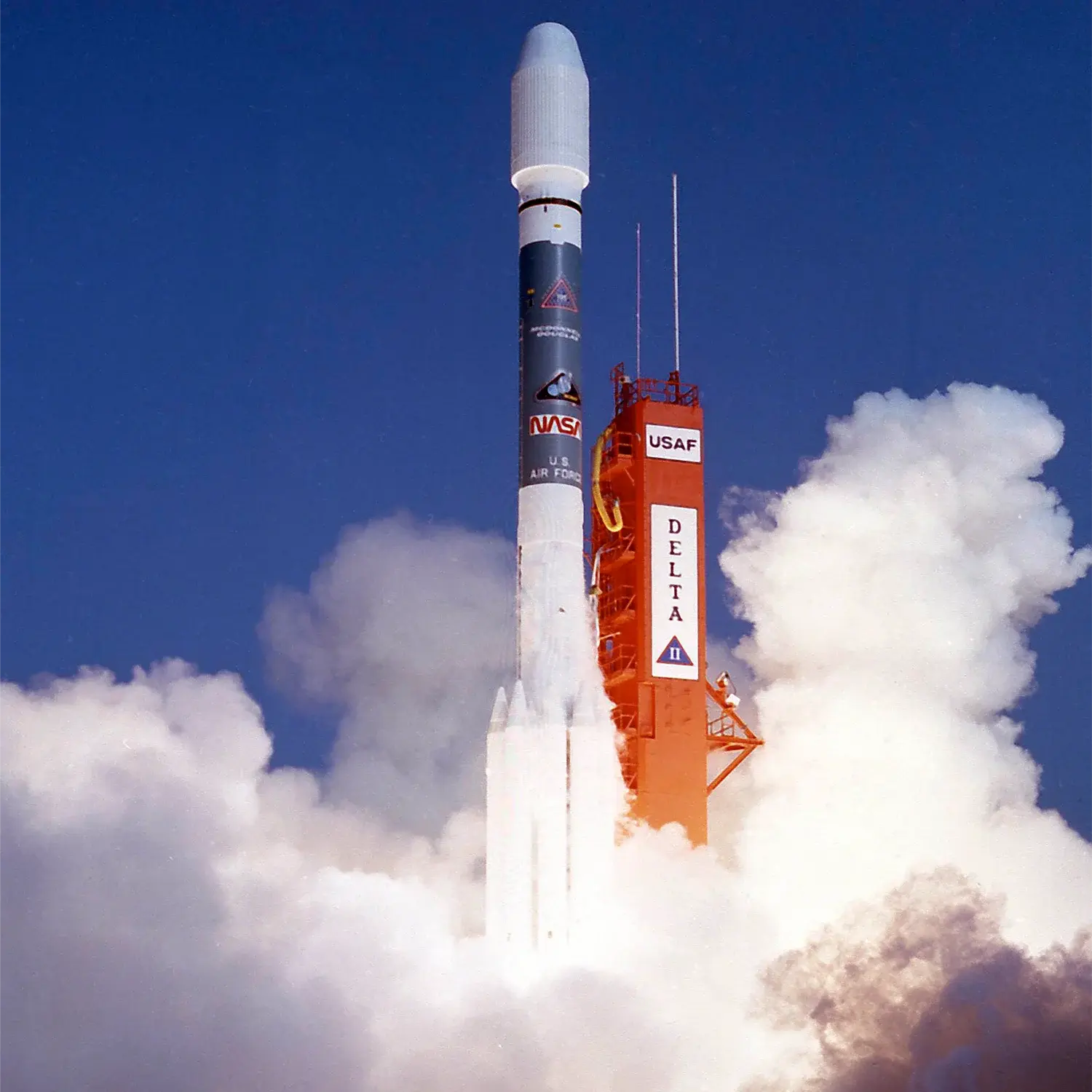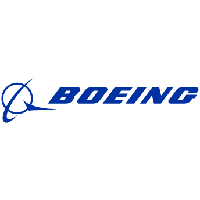Explorer 67 (EUVE)
Launch Success
Liftoff Time (GMT)
16:40:00
Sunday June 7, 1992
Watch Replay
24/7 Coverage
Mission Details
Explorer 67 (EUVE)
The Extreme-Ultraviolet Explorer (EUVE) was a spinning spacecraft designed to rotate about the earth/sun line. EUVE was a part of NASA's Explorer spacecraft series and designed to operate in the extreme ultraviolet (EUV) range of the spectrum, from 70 - 760 Angstroms. This spacecraft's objective was to carry out a full-sky survey, and subsequently, a deep survey and pointed observations. Science objectives included discovering and studying UV sources radiating in this spectral region and analyzing the effects of the interstellar medium on the radiation from these sources. The EUVE mission was extended twice, but the cost and scientific merit issues led NASA to a decision to terminate the mission in 2000. EUVE satellite operations ended on January 31, 2001, when the spacecraft was placed in a safehold. Transmitters were commanded off on February 2, 2001. EUVE re-entered the Earth's atmosphere over central Egypt at approximately 11:15 pm EST on January 30, 2002. The mission is considered a success since it accomplished its scientific, technological, and outreach goals.
Low Earth Orbit
1 Payload
3,275 kilograms
Rocket


Agency
BoeingRocket
Height: 38.9m
Payload to Orbit
LEO: 3,950 kg
Liftoff Thrust
3,481 Kilonewtons
Fairing
Diameter: 3m
Height: 8.9m
Stages
2
Strap-ons
9
Launch Site
Stats
Delta II
24th
Mission
4th
Mission of 1992
1992
32nd
Orbital launch attempt